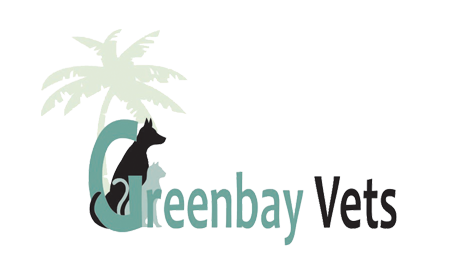Budgerigar
General information
 The budgerigar (Melopsittacus undulatus), sometimes referred to as a parakeet or more commonly a budgie, is the most popular pet bird worldwide. This beautiful, small bird originates from Australia. Their natural habitat is dry open plains.
The budgerigar (Melopsittacus undulatus), sometimes referred to as a parakeet or more commonly a budgie, is the most popular pet bird worldwide. This beautiful, small bird originates from Australia. Their natural habitat is dry open plains.
Budgies are generally very social flock birds. These loving companions interact well with most members of the family. Budgies are inquisitive and active mirroring the natural foraging behaviour of the flock. Non-toxic pet-safe toys should be provided for your budgie’s entertainment. Although their voice is not as clear as some of the larger parrots, budgies have the capacity to develop extensive vocabularies. Talking or mimicking requires some effort and training. Males seem to talk better than females although both are capable. One endearing trait of a budgie is its cheerful whistling and chatter. Budgies can be finger trained and some even enjoy head scratches and petting.
Purchasing a budgerigar
Budgies may be purchased from a pet shop or, better, a reputable breeder. When selecting a budgie, try to choose a young bird as it may be easier to tame and train. Older, wild, colony or parent raised birds may prove difficult to tame. Hand raised babies often make better pets since they have been completely socialised with humans. However, it is important to remember that budgies are flock birds; unless the bird is to have constant companionship it is better to get two or more parent-reared birds. Young birds are easier to tame and adapt readily to new environments and situations. Your new bird should be exposed early to different events (young and old people, males and females, other pets, car trips, visits to the vet, etc.) to help promote a calm, well adjusted pet. The lively, alert bird that is not easily frightened is more likely a healthy bird. After purchasing your new bird, have it examined by your veterinary surgeon.
Veterinary care
Budgies require regular, routine veterinary health check-ups. Your vet can perform a physical examination, grooming (beak or nail trim) and laboratory tests as needed. During these semi-annual check-ups, health, nutritional and maintenance issues can be identified and addressed. Veterinary check-ups help prevent disease and will aid in the maintenance of a long lasting, healthy relationship between you and your bird. Diet is especially important as these birds are very prone to fatty liver problems when fed large quantities of millet.
Colour
Mature
- the wild bird is basically green with yellow on the face. Black and yellow barring is found on the wings and head, black spots across the throat
- domestic varieties show infinite combinations and shades of green, yellow, blue, mauve, slate and white
- eye (iris) is white
- legs grey/blue with a reptilian pattern
Immature
- duller colour, black barring on forehead, throat spots may be absent
- iris dark grey
Sexing
Mature
- feathering between sexes is similar
- the male’s cere (featherless area around the nostrils) is rich blue in colour
- the female’s cere is brown and sometimes crusty in the older female (though this cere hypertrophy may also be indicative of liver disease and/or malnutrition)
- cere colour may not identify the sexes 100% and may vary with domestic colour variations. Cere colour changes may indicate disease
Immature
- difficult to sex

Weight
Average 20-30 grams; large varieties 35 - 45 grams.
Size
Average 18-19 cm (7-7.5 ins) in length.
Life span
6-10 years (maximum 18 years).
Diet
Consult your vet or see the diet sheet in this series.
Breeding
- sexual maturity 6 months old
- gregarious birds that breed best if several pairs are kept within sight and sound of each other. May need ultra-violet light
- naturally breeding in the spring but most will easily breed any time of year
Brood size
3-6 white eggs will hatch in 18 days on average, young leave the nest in 4 -5 weeks.
Cage
Minimum 30 cm x 30 cm x 60 cm (1 ft x 1 ft x 2 ft) PER BIRD.
NB. There is a myth that sandpaper is a suitable substrate (material) for the cage floor. However, it does not enable adequate monitoring of faeces/ urine so paper is better.
© Copyright 2025 LifeLearn Inc. Used and/or modified with permission under license. This content written by LifeLearn Animal Health (LifeLearn Inc.) is licensed to this practice for the personal use of our clients. Any copying, printing or further distribution is prohibited without the express written consent of LifeLearn. This content does not contain all available information for any referenced medications and has not been reviewed by the FDA Center for Veterinary Medicine, or Health Canada Veterinary Drugs Directorate. This content may help answer commonly asked questions, but is not a substitute for medical advice, or a proper consultation and/or clinical examination of your pet by a veterinarian. Please contact your veterinarian if you have any questions or concerns about your pet’s health. Last updated on May 28, 2009.
